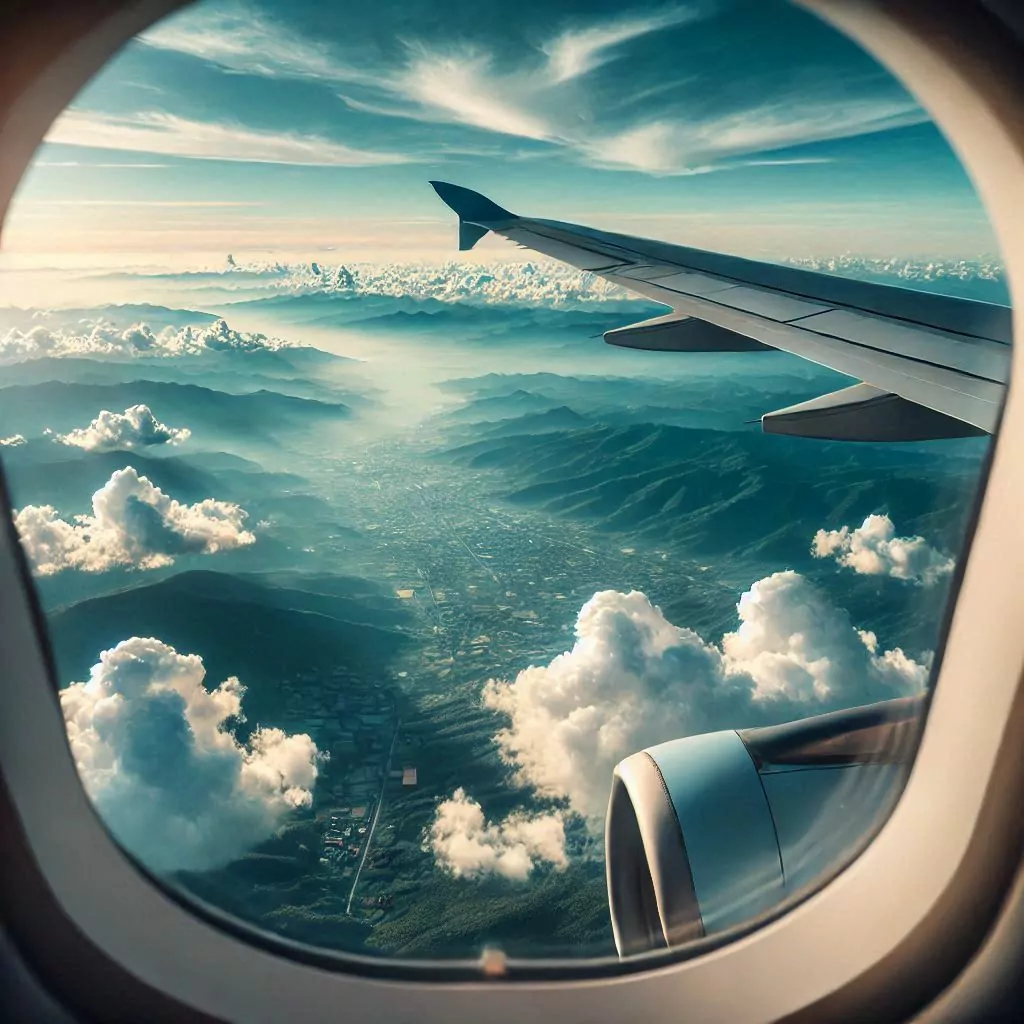
Those who have flown an airplane at least once have been in a turbulence zone. Pilots call it a “bad road.” For passengers, especially inexperienced ones, air turbulence sometimes turns into a nightmare. The plane doesn’t just shake. It can gain or lose several hundred meters of altitude in a matter of seconds. So – Turbulence: What is it and why does it occur?
What is turbulence
Turbulence is the oscillations of an airplane caused by swirling air currents. They provoke sudden changes in the altitude or position of the airplane. Simply put, these are air holes that passengers experience during flight.
Air currents move up and down, change direction and speed. Turbulence in the sky occurs precisely when air masses moving at different speeds collide. However, there are other types of turbulence: for example, wave turbulence can occur when air currents, encountering an obstacle, say, a mountain range, are reflected from it and form air waves that are similar to sea waves. Turbulence is expressed in the speed of eddy dissipation, and it has its own scale: light (0-20), moderate (20-40), strong (40-80), extreme (80-100).
Causes of turbulence

Some phenomena increase the likelihood that an aircraft will fall into a turbulence zone – primarily weather. For example, a thunderstorm pushes air up and down, and the movement of air heated by the sun causes turbulence. Mountains and other geographical features can also increase the likelihood of falling into an air hole.
In addition, aircraft can also create turbulence for those flying behind them. It is for this reason that air traffic controllers give the aircraft a lot of space. Therefore, the time interval between flights is increased. There is also clear-sky turbulence, which occurs in clear and calm weather. It is also associated with the aircraft falling into a stream. Its speed is very different from the speed of the main air mass.
Is turbulence dangerous
The most important thing to know is that turbulence is not dangerous for an aircraft. It can cause discomfort, but modern airliners are designed for such conditions. Even with a strong shaking, the plane does not shake as much as it seems to the passengers.
People perceive turbulence subjectively: to an individual, several small jolts can seem like the most terrible thing in life. The real danger for passengers is injuries. This can be easily avoided if you pay attention to the recommendations of flight attendants, move around the cabin only at the permitted times, and arrange your belongings correctly. It is always worth wearing a seat belt.
It is worth noting that in the past, turbulence has led to plane crashes. But this has rarely happened.
Is it possible to avoid turbulence

Pilots receive information about where the probability of turbulence is higher, and they do everything possible to minimize getting into an air hole. However, it is impossible to predict and avoid all turbulence. Before each flight, pilots receive special weather reports, which indicate areas of possible turbulence on the route. This helps them plan the flight, for example, avoiding severe thunderstorms (which pose a certain threat to the aircraft not only because of the possible turbulence).
However, “clear sky turbulence” cannot be avoided in this way. But pilots of other aircraft flying in the same air corridor can warn about it. In this case, the crew can take measures in advance – try to change the route, climb or descend to a different level, reduce speed and put passengers in their seats.
It is precisely because of the unpredictability of turbulence that pilots recommend that passengers fasten their seats throughout the flight.
Are there places on the plane where turbulence is felt the least
There is an opinion that the place where a person sits matters. If you sit in the tail of the plane, the flight is felt more strongly. If you sit above the wings, then more smoothly. In general, this is true, but the difference is insignificant. The larger the plane, the more evenly the turbulence is felt. And the less it is felt. Small planes shake more.
Anecdote of the day from the site funster.top:

On the plane, a young man complains to the flight attendant:
– What kind of food did you bring me? What condition is it in?
Flight attendant:
– Young man! If you knew what condition our plane’s engines are in. You would have lost your appetite altogether.